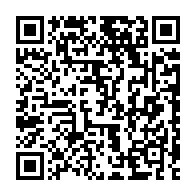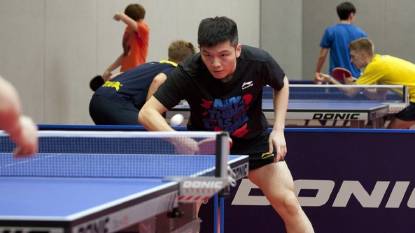The Top 4 Aspects of Physical Training for Table Tennis Players
By: Mark
April 22, 2019 | Updated: October 22, 2025
If you have read my article concerning mental toughness training for table tennis players, you know I'm a big fan of Werner Schlager. In 2011, he published his book, Table Tennis: Tips from a World Champion, in which he breaks down all the traits needed to become a pro at table tennis. Two of the most important chapters of the book, in my opinion, were the ones on mental and physical training.
The physical training chapter was divided into four sections:
- Power
- Endurance
- Coordination
- Strength
This article will explore those four main sections and break them down into even more detail in an attempt to help you bring up your table tennis game. First, however, let’s discuss why physical training is so important.
Physical Training is Important
As far as competitive sports go, table tennis is not ranked too highly on the list of ones that are physically demanding. Because of this, people often think that outside physical training - i.e. - working out - is not necessary to be a decent player. To a certain extent, that is true. To be a decent table tennis player, you don’t have to spend a lot of time working out at the gym or home gym.
To be a great table tennis player, though, will require you to put in some time and effort at the gym.
When playing on my table tennis team, our coach required us to take one mandatory group session at the gym each week. At the time, some of the players thought it was a useless requirement, but as I've grown older, I've come to understand that one day a week in the gym actually wasn’t enough time.
Because I was never one to work out often, I have a weak core. This is actually a huge detriment for a serious table tennis player. Without a strong core, you cannot achieve the same level of power and endurance as other players who work out regularly.
It is sometimes hard to work gym time into an already packed schedule of practices balanced against everyday responsibilities, but if you want to be truly exceptional, then you have to make the time.
People who play the game only for fun and amusement don’t have to make time for outside training, but for professionals with actual ambitions of becoming championship table tennis players, the gym is a necessary evil.
In fact, Schlager’s recommendation is that you devote a third of your dedicated training time to working out at the gym. Regular workout sessions will help improve your power, endurance, coordination, and strength - all things you need to sharpen and hone if you want to be a true table tennis professional.
Hugo Calderano’s Table Tennis Workout
1. Power
Professional table tennis players are going to have strong and well-developed arm muscles. That is just a given fact. However, players often neglect their legs because they don’t see the importance of having strong legs.
Don’t be like these players!
Having strong and agile leg muscles is critical for stamina and quick movement - two very important characteristics needed by all athletes. Werner Schlager , too, discusses the importance of developing one’s leg muscles in his book. He believes all the strength you need in your arms will develop naturally through the intensive training you do to perfect your game.
He doesn’t think players should waste time working on arm-specific exercises, such as push-ups or curling weights. These exercises don’t serve to strengthen the specific muscles that need to be strengthened for table tennis. Instead of wasting time on these types of exercises, work on your core and your legs - areas that may not get a natural workout through your normal training sessions.
Another important component of strength training is learning how to use your body efficiently. Every movement should be as efficient as possible with no wasted energy.
In order to operate at your maximum level of power, you must first have a strong foundation built on the efficiency of both energy and technique. If you have ever watched some of the players from the Chinese teams in action, then you have seen this powerful combination of power and efficiency. Watching them is like watching a well-oiled machine functioning perfectly. European players, too, are great models of this synchronicity. Though they don’t have as much in the way of brute strength as the Chinese, their technique is nearly flawless and helps to balance out the small lapse in power.
In short, if you are watching a match where there are some powerful hits sailing across the table but the players are moving effortlessly, you are watching some excellent players who are utilizing these efficiency methods.
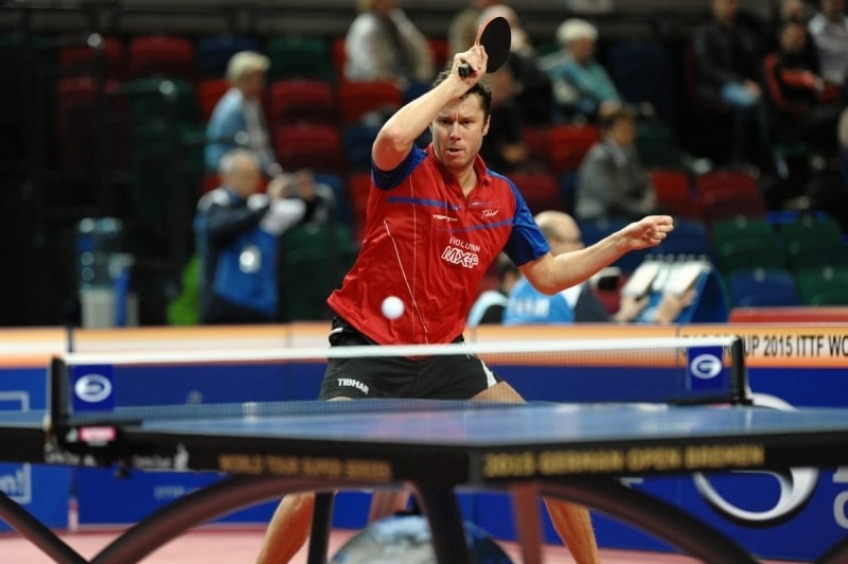
2. Endurance
Playing table tennis is not exactly the same as running the Boston Marathon, which means table tennis players don’t have to put in the same amount of endurance training as marathon runners; however, table tennis games can get intense, and they can last longer than people think.
Because of that, it is important you don’t slack on your endurance training. Personally, I prefer running or biking at least once every week. Once my heart rate reaches the anaerobic level, I continue for half an hour or longer. Any kind of aerobic or endurance exercises will work, however; choose one that is right for you.
Also, remember, the more time you devote to intense training at the table, the better your endurance will be. Schlager admits in his book that endurance training is his least favorite part of physical training; however, he never misses his weekly sessions. Forcing ourselves to move outside our comfort zones and push past our limits is what will make us true professionals.
If you are new to the sport, one important fact to remember is that table tennis is a fast-paced game, and it seems like the players get faster and more intense every year. You need to be ready for this.
Two of the best table tennis players in the world right now are Fan Zhendong and Ma Long . They move so quickly, it almost looks inhuman. However, with the game constantly evolving and the players becoming faster and faster, it won’t be too many years before professionals look back on Zhendong and Long, amazed at the slow pace of the game.
The drive to move faster and push harder is another reason endurance training is so critical to an exceptional performance. Furthermore, endurance training can help prevent injuries. Had I known how important physical training was when I first started playing years ago, I would probably have a lot fewer scars and injuries today.
A serious injury can cripple your career. Take Michael Maze, for instance , his injury cost him years of his very promising career, and he could have possibly avoided that injury if he had just spent more time training his body as much as possible.
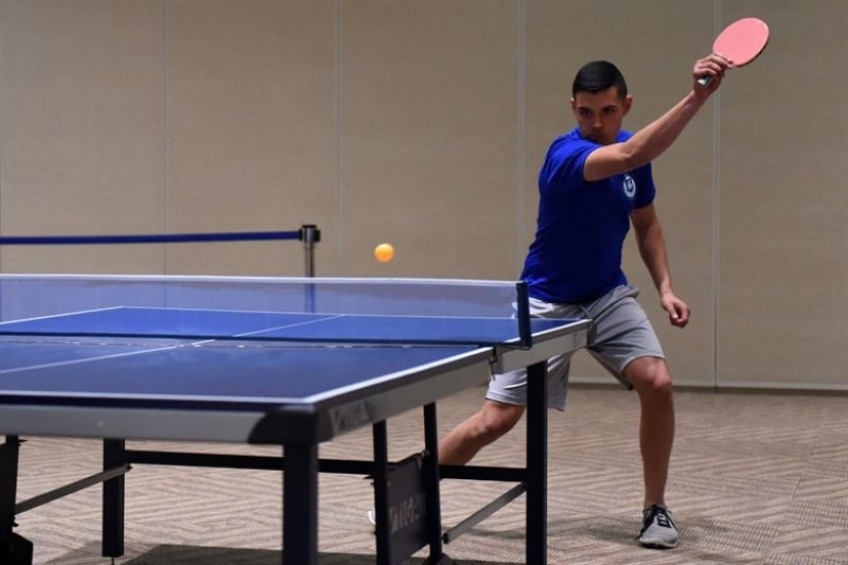
3. Coordination
Probably one of the most important skills for any athlete to have is excellent coordination. In table tennis, coordination is important to every aspect of the game, especially your serve.
There are, of course, people who seem to be born naturally coordinated, and that natural coordination makes certain aspects of table tennis much easier for them, such as understanding timing, grasping complex elements of the game, and mastering their perfect serve. However, coordination can also be learned. It simply requires training, like everything else.
Certain studies show that children who play several different sports will grow up to be the best athletes because they are able to incorporate all the different elements from each sport into mastery over all sports. I tend to disagree with this, however.
I don’t believe the best athletes became the best because they played so many sports; instead, I believe they played so many sports because they were naturally gifted athletes to begin with, and it was only natural for them to want to use those talents.
I say that to explain my next point: I don’t believe playing multiple sports is necessarily the best way to help improve your coordination. For instance, I do not believe table tennis players should play tennis to help them improve their table tennis game. In fact, playing tennis can actually have a negative impact on one’s table tennis game.
Schlager agrees. He doesn’t believe that table tennis players should play any other racket-type sports. The different racket sports are played very differently and require very different sets of skills for each game.
I am inclined to agree. After playing my first racketlon tournament, I noticed a marked difference in my table tennis game. The effortless control I usually have over the ball was gone and that confidence I experience when stepping up to the table was sorely lacking because of it.
I have friends who have said the same thing. They tried branching out into another sport, such as squash or racquetball, and they were amazed at how much it hurt their table tennis techniques.
When attempting to train for better coordination, then, practicing other sports is certainly not the way to go. Instead, focus on other things, such as learning to anticipate the moves of your opponents or rote practicing of drills.
Some of the most common drills for players to practice - middle, wide, and backhand, for example - not only help improve your coordination, but also your footwork and reflexes. It is important to vary your drills, however. You can’t simply practice the very same moves repeatedly. This will make you complacent and mess with your ability to anticipate your opponent’s moves and the directionality of the ball’s movements.
Mixing up your training sessions by adding in some irregular drills will help combat this complacency and will help you to prepare for a more realistic game setting. After all, you can never predict the outcome of an actual game against an unknown opponent! Try some irregular exercises and switching drills to keep your training from getting stale.
Develop speed and agility by working out like a table tennis player
4. Strength
Finally, we've come to the last section of Schlager’s physical training chapter: strength training. Table tennis is not a sit-on-your-butt type of sport. Despite what people may think, it is actually quite physically demanding.
The problem is it is a one-sided sport. The repetitious motions involved in hitting the ball mean that often you upper body is much stronger than your lower half, ditto for the dominant side of your body (i.e. righthanded or lefthanded). This kind of imbalance of strength can actually be quite damaging to your body, and the longer you go without addressing the problem, the harder it becomes to fix in later years.
For me, personally, I had a real imbalance in my legs. My right leg - like my right arm and my right lat (an upper-back muscle) - was stronger than my left. It was causing problems in my table tennis technique, but it was also causing me problems with my health in general. These types of problems are quite typical for table tennis players on their dominant sides because of the many, many forehands we've played.
These types of issues can’t be ignored without dire consequences, and the easiest way of addressing and correcting them is through strength training. It is important to make time to strengthen the non-dominant side of your body to better balance your body as a whole. If you are righthand dominant, then use your gym time to work on the left side of your body. If you are lefthand dominant, use your gym time to work on the right side of your body. Always strive for equality whenever possible. Your body will thank you for it later.
Table Tennis Training from Pongfinity
Featured Articles
Dive into in-depth stories, exclusive interviews, and expert advice from the world of table tennis. Discover strategies, player spotlights, and behind-the-scenes insights.
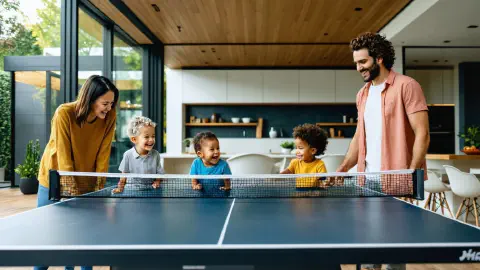
Ping Pong Revolution: How Table Tennis Transforms Homes, Offices, and Communities
Table tennis is uniquely positioned as one of the most versatile recreational activities available today. This comprehensive article explores the transformative impact of ping pong across three …
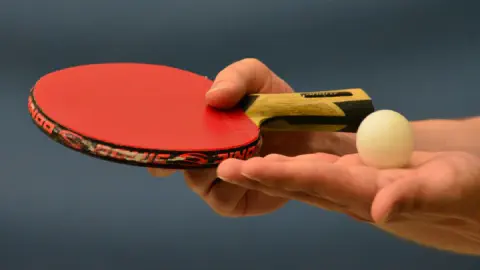
Basic Equipment Needed to Play Table Tennis
What is the basic equipment that you need to get started with playing ping pong? Our guide to the very basic table tennis equipment required to go ahead and start to play. A guide to the basics of …
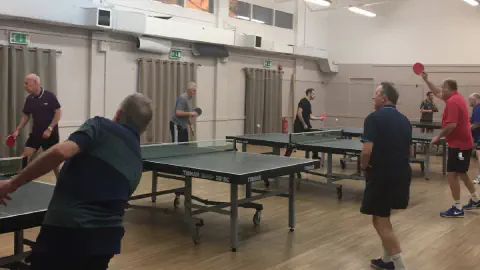
Is Ping Pong Good Exercise? The Top Health Benefits Explained
Table tennis is great exercise both for mind and body. You can use ping pong to keep fit alongside other exercise programs and raise your overall activity levels to lose weight and keep your mind …

Ping Pong Revolution: How Table Tennis Transforms Homes, Offices, and Communities
Table tennis is uniquely positioned as one of the most versatile recreational activities …

Basic Equipment Needed to Play Table Tennis
What is the basic equipment that you need to get started with playing ping pong? Our guide …

Is Ping Pong Good Exercise? The Top Health Benefits Explained
Table tennis is great exercise both for mind and body. You can use ping pong to keep fit …
